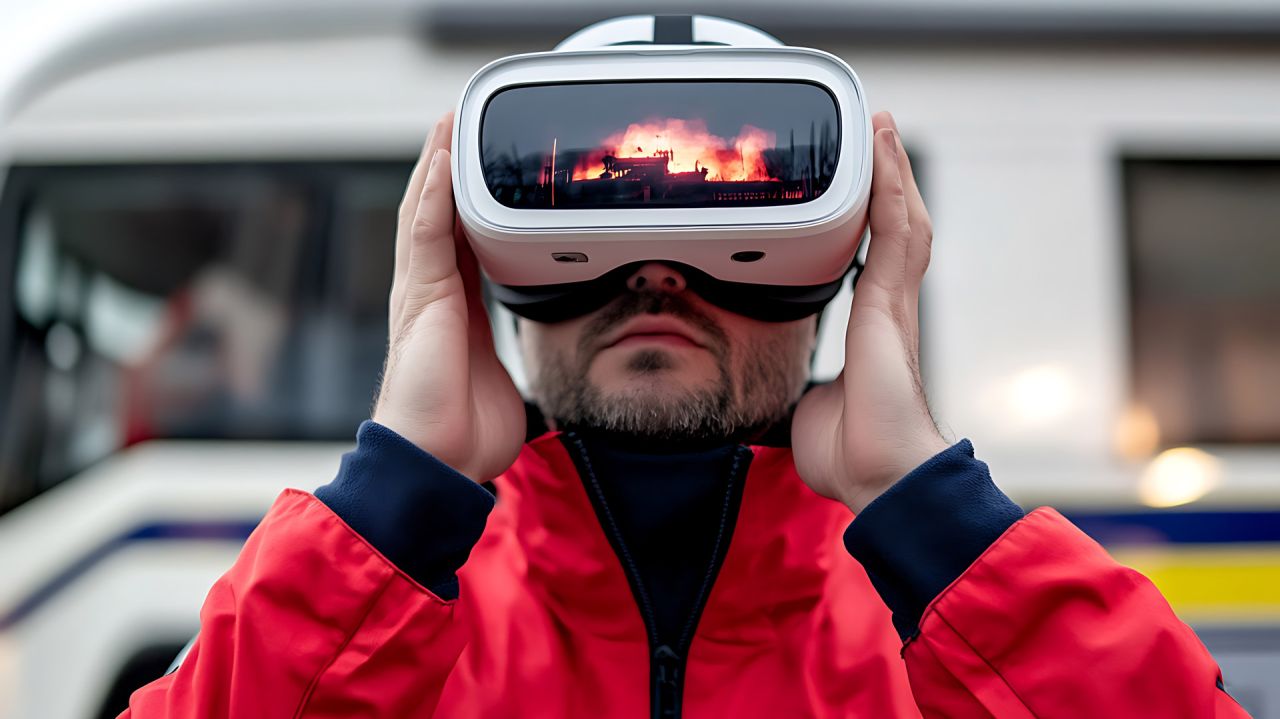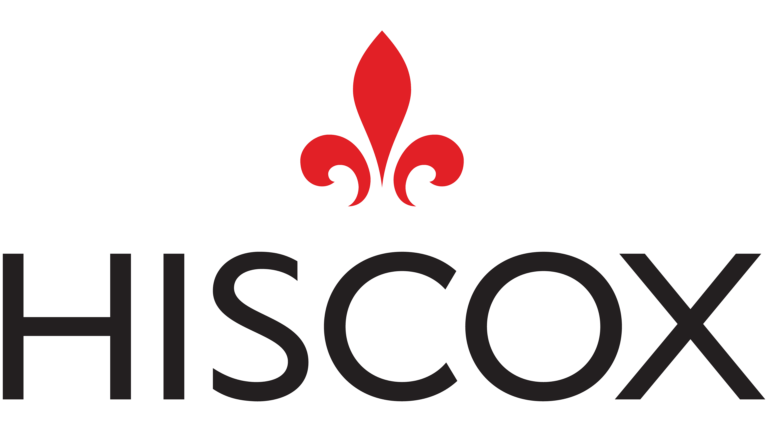Emergency Response Scenarios in VR: Revolutionising Training and Preparedness

 Author: Spark Team
Author: Spark Team
Emergency Response Scenarios in VR: Revolutionising Training and Preparedness
Introduction to Emergency Response Scenarios in VR
In an unpredictable world, effective emergency response training is crucial for ensuring the safety and well-being of communities. Virtual Reality (VR) provides an innovative platform for simulating emergency scenarios, allowing responders to practice and refine their skills in a safe and controlled environment. Spark Emerging Technologies specialises in developing VR solutions that enhance emergency response training, enabling personnel to prepare for real-life situations effectively.
Benefits of Emergency Response Scenarios in VR
Implementing VR for emergency response training offers numerous advantages that enhance readiness and performance:
Realistic Simulations: VR creates immersive environments that replicate real-world emergency scenarios, allowing responders to experience situations as if they were happening in real time.
Hands-On Learning: Participants can practice their skills in a safe setting, reinforcing knowledge and increasing confidence in their ability to respond effectively during actual emergencies.
Immediate Feedback: VR scenarios can provide real-time feedback on actions taken during training, helping responders learn from mistakes and improve their decision-making skills.
Stress Management Training: Simulating high-pressure situations helps responders develop strategies for managing stress and maintaining composure in real emergencies.
Adaptability and Customisation: VR scenarios can be tailored to specific types of emergencies, enabling organisations to create training programs that meet their unique needs and challenges.
Real-World Applications of Emergency Response Scenarios in VR
Firefighter Training: VR can simulate various fire scenarios, including structure fires and hazardous material incidents, allowing firefighters to practice tactics and safety protocols.
Medical Emergency Response: VR scenarios can train paramedics and emergency medical personnel to assess patients, make quick decisions, and provide care in critical situations.
Law Enforcement Training: Police officers can use VR to practice de-escalation techniques and response strategies in various scenarios, enhancing their skills in conflict resolution.
Disaster Response: VR can simulate natural disasters, such as earthquakes or floods, enabling emergency response teams to practice coordination, resource management, and evacuation procedures.
Crisis Management Training: Organisations can use VR to train employees on emergency protocols, ensuring they are prepared for potential crises within the workplace.
How Spark Emerging Technologies is Leading VR Solutions for Emergency Response
At Spark Emerging Technologies, we specialise in developing immersive VR scenarios that enhance emergency response training. Our interactive simulations provide responders with hands-on experiences that improve readiness and effectiveness in real-life situations. By collaborating with emergency services and organisations, we create tailored VR applications that address specific training needs and challenges.
Addressing Key Challenges with VR for Emergency Training
User-Friendly Design: Our VR applications prioritise ease of use, ensuring that participants can navigate and engage with the training scenarios effectively.
Integration with Existing Training Programs: We work closely with organisations to ensure that our VR scenarios complement existing emergency training programs and protocols.
Data Privacy and Security: We prioritise the protection of participant data, implementing robust security measures to safeguard sensitive information.
Scalability Across Organisations: Our VR solutions are designed to be scalable, allowing deployment across various emergency response agencies and training programs.
Case Study: VR for Firefighter Training
A regional fire department partnered with Spark Emerging Technologies to implement VR training scenarios for firefighters. The VR application allowed trainees to practice responding to fires in different environments, enhancing their tactical skills and safety awareness. The program resulted in a 35% increase in training efficiency and significantly improved confidence among participants during real-life emergency situations.
The Role of VR in Advancing Emergency Response Training
Emergency response scenarios in VR are transforming how organisations train their personnel. By providing immersive, interactive experiences, VR enhances skill development and preparedness, leading to more effective responses in real emergencies. This innovative approach not only improves individual performance but also fosters better teamwork and coordination among emergency responders.
Future of Emergency Response Scenarios in VR
As VR technology continues to advance, the potential for emergency response training will expand significantly. Spark Emerging Technologies is committed to enhancing our VR solutions, anticipating more sophisticated applications that empower emergency services to optimise their training processes. The future promises increasingly realistic and impactful VR simulations that will play a crucial role in enhancing public safety.
Conclusion
Emergency response scenarios in VR offer transformative solutions for enhancing training and preparedness among responders. Spark Emerging Technologies provides cutting-edge VR applications that allow personnel to practice and refine their skills in immersive environments, improving readiness and confidence. Discover how our VR solutions can elevate your emergency response training—contact Spark Emerging Technologies for a demo today.
Contact Us:
Interested in enhancing your emergency response training with VR? Contact Spark Emerging Technologies to schedule a consultation and learn how our solutions can benefit your organisation.
© 2025 All Rights Reserved | Company Reg No. 05327622 | Spark Emerging Technologies Limited





